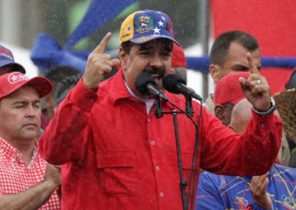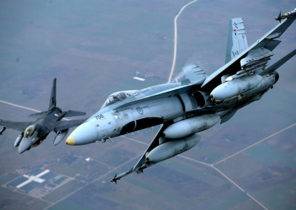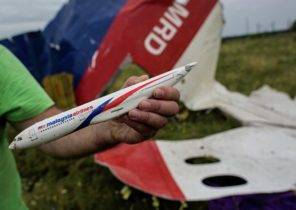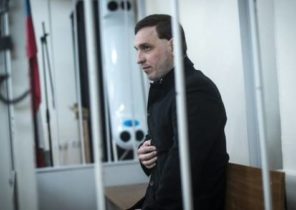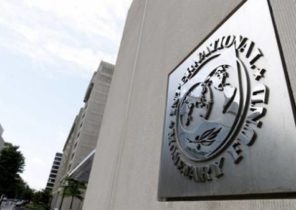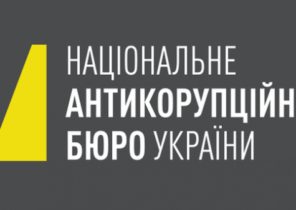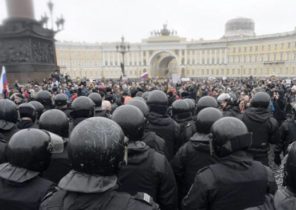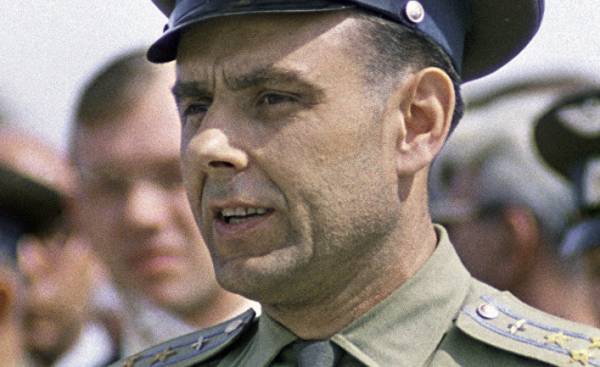
Was 1967. For American space exploration it started very badly on the pad at Cape Canaveral killed the crew of “Apollo 1”.
The space race the USA and USSR was in full swing, and the Soviets sensed a chance. They finished the development of the new spaceship “the Union” and were sure that it will again have the advantage in space.
“That is, in the first place was the political and propaganda interests of the Kremlin, which demanded tremendous outer success at any cost. After all, the last time Soviet cosmonaut circled the Earth in March 1965, and since then, the Americans literally showered the brilliant successes in space with its program of flights to double ship “Gemini”,” — said the expert on space and publicist Paul Toufar.
Therefore the Soviet of people who develop “Union”, was pressed by the comrades of the CPSU has a minimal knowledge, they were forced to speed up the preparation and launch of a new spacecraft. All this was done at the expense of the tests applied materials and planned procedures — by the way, just as was the case in the recent tragedy of the American “Apollo”.
In addition, approaching the 50th anniversary of the great October socialist revolution, and the Soviet Union wanted to worthily celebrate the international workers ‘ Day. This elite pilot is dragged into the space adventure, which he almost certainly could not survive. However, due to its ability Komarov has managed the almost impossible. Almost managed.
Plan for “Unions” soon fell apart
But let’s not get ahead of ourselves. Now what was the course of events during the fateful flight, as it was described by journalist Paul Toufar. “Soyuz 1” was launched on 23 April 1967 at 00.35 UTC, that is, 03.35 Moscow time. In the spacecraft was Vladimir Komarov. It was his second flight. First he made in 1964 in the triple “Voskhod-1”.
Monday after midnight, 23 hours and 35 minutes after the start of “Soyuz-1” had to fly “Soyuz-2” with three astronauts: Bykovsky, by Gromovym and Yeliseyev. Active “Soyuz-1” was supposed to dock with the passive “Soyuz-2”, with Khrunov and Yeliseyev were wearing space suits, the spacewalk, go to Komarov in the “Soyuz-1” and all together to return to Earth. It was planned that the Bykovsky landed on the “Soyuz-2”. The first flight test was expected to last three to four days.
However, almost all went as planned.
After reaching the orbit is not opened one of the solar panels “Union-1” because it is stuck in the insulating material. Therefore, the vehicle battery was getting little power, and it was clear that approximately 20 turnover even in spare battery energy is exhausted.
In addition, there were difficulties with the stabilization of the ship and its orientation. But proper guidance was essential to run the engine brake, and a successful return from orbit. Flight “Soyuz-2” was canceled. Being a passive ship, he could not approach the “Soyuz-1” and dock with it.
Mosquitoes resisted tragic fate
According to experts on space, Komarov had any more problems. The ship’s systems were down. It was decided on a speedy return. Komarov had to work on the waste before the combination action manual control and auto navigation. However, the cosmonaut did not panic and thanks to its focus, courage and technical ingenuity, he managed to stabilise the ship and start braking the engine.
“Almost impossible to imagine the thinking of Komarov in the cabin, which is high in orbit, and realizes the improbability of the return. A thought of the heroism he had no time. He had to believe that the ship would still be able to return to Earth. Undoubtedly, the most severe were moments when he was beyond the reach of terrestrial radio. In the end, he was completely focused on non-standard maneuver for correct orientation of the ship before starting the engine brake. In such a situation, negative thoughts come to mind in the least” — describes a courageous struggle with Komarov fate publicist, Toufar.
According to him, the Mosquitoes were well aware of problems with its flight: the problem with the main parachute which did not open, tumbling the cab, not got smaller the rate of decline, rather the fall, and the futility of attempts to open the reserve parachute. “And then remained only a few dozen seconds when he could still hope that the fall will not be fatal.”
Mosquitoes have overcome all the technical flaws, but with two failed parachutes already failed
Defective parachutes failed sufficiently to slow down the falling apparatus. He fell on the Orenburg steppes at a speed of 35 meters per second. After the fall of the machine crashed and exploded. “In Soviet Newspapers and journals of other countries of the Eastern bloc triumphant article about starting out this Monday morning that is, when the situation has completely changed,” notes Tovar. By the time the Mosquito was already dead, and of the “Soyuz-1” is not existed.
Soviet engineers, according to Totara, told about the problems and excessive haste in the space program only in the beginning of 90-ies. “There was that minute that we could work quietly, so we were not rushed and was not pressured on us from above. Uneducated functionaries that anything really did not understand, was sure good at what you do. So they yelled at those who didn’t manage even a sweat to be wiped out: “Faster! Faster!”” — quotes Toufar words Vasily Mishin, a former chief designer.
However, according to the journalist, Misha and did not recognize his own guilt. When 14 April 1967, that is, nine days before the start of “Soyuz-1”, the State Commission warned that during the pre-test had identified hundreds of new problems, and that both spacecraft are still not well prepared Mishin didn’t want to hear it. And after six days, the State Commission approved the readiness of the ships for flight.
Publicist Paul Toufar does not believe that this is the first official tragedy during the space flight marked a turning point in world space.
“In the United States took note that there was a malfunction in the parachute system, but they had their own development, which didn’t cause any particular problems during testing on Earth. Soviet experts made a lot of changes to the Soyuz spacecraft, and not only in the parachute system. It is difficult to say, would be these changes done in a timely manner after two unsuccessful unmanned test if the political leadership demanding space flights would not pressure. This we will never know”.
